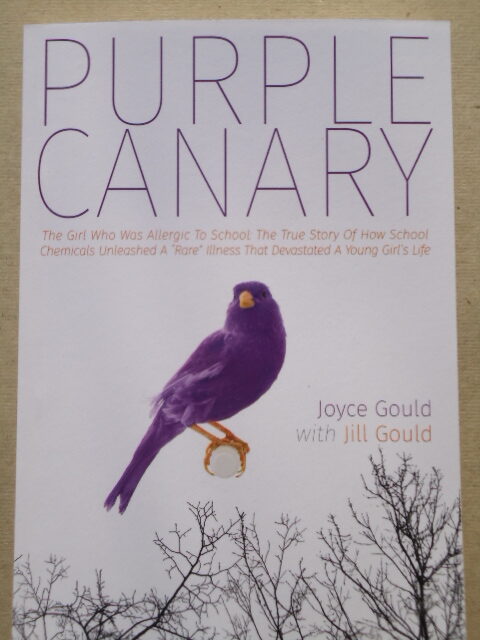
In 2011, the front page of the American Porphyria Foundation’s (APF) 1st Quarter newsletter was dedicated to the upcoming Porphyria Awareness Week. It featured a list of activities submitted by APF members who planned to do their share during that week to “help the public and medical professionals in [their] community more readily recognize the need for better diagnosis and treatment of porphyria.” My submission, “Jill Gould and her mother are writing a book about Jill’s experiences with porphyria” made that list. It was the first and last time the book was publicly acknowledged by the non-profit foundation established in 1982 to provide “quality, understandable information.” [Porphyria, A Lyon’s Share of Trouble, 55] Unbeknownst to me at the time, we were two and half years away from being unceremoniously dumped–without warning–into what can only be described as a porphyria twilight zone of APF-making that would take us years to emerge from. It was during that time that I came to understand that APF’s promised “quality, understandable information” had long ago morphed into an inconsistent communication style that served to keep porphyria illusorily rare—right under the noses of virtually every one of its audiences—including US federal rare disease oversight agencies.